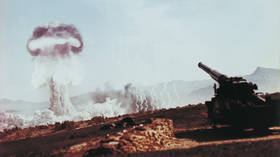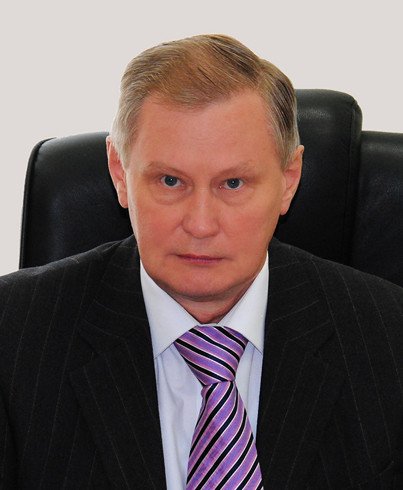Kiev is set to receive American Patriot missile batteries. How will this change the battlefield in Ukraine?
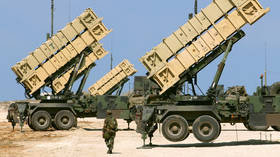
This month, the Ukrainian military is set to start training to use the US-built Patriot missile system. Laura Cooper, the deputy assistant secretary of defense for Russia, Ukraine, and Eurasia, has said the process will take “several months.” This means that the technology may soon take a full part in combat operations between Moscow and Kiev. But will the high value equipment tip the balance of power on the battlefield?
A short wait
Discussions around the supply of Patriot surface-to-air missile (SAM) systems to Kiev intensified after major strikes on the energy infrastructure of Ukraine by the Russian Armed Forces and subsequent blackouts. An incident in the Polish city of Przewodow, when a missile from a Ukrainian S-300 air defense system resulted in the death of two farmers, also played a part in the discussions. The chairman of the ruling Law and Justice party, Jaroslaw Kaczynski, suggested that Germany should send its Patriot anti-aircraft missile systems to Ukraine, not Poland.
At the time, Berlin noted that it would prefer the missile defense systems to remain on NATO territory. Yet in less than two months, things changed. At the beginning of January, the United States and Germany agreed to send a Patriot anti-aircraft missile battery to Ukraine. The announcement was made in a joint statement by U.S. President Joe Biden and German Chancellor Olaf Scholz after their first phone conversation in 2023. The training will be conducted both Washington and Berlin. The transfer of the battery is scheduled for the first quarter of the year.
This will be Kiev’s second Patriot battery. As was announced at the end of December 2022, the first will be handed over to Ukraine by the US. It was included in the latest military aid package, totaling $1.8 billion.
Experts from the Center for Strategic and International Studies note that, so far, the Patriot has been the most expensive weapons system provided to Ukraine by the US. They estimate that the total cost of one Patriot system can reach a billion dollars: $400 million for the equipment and $690 million for the missiles.
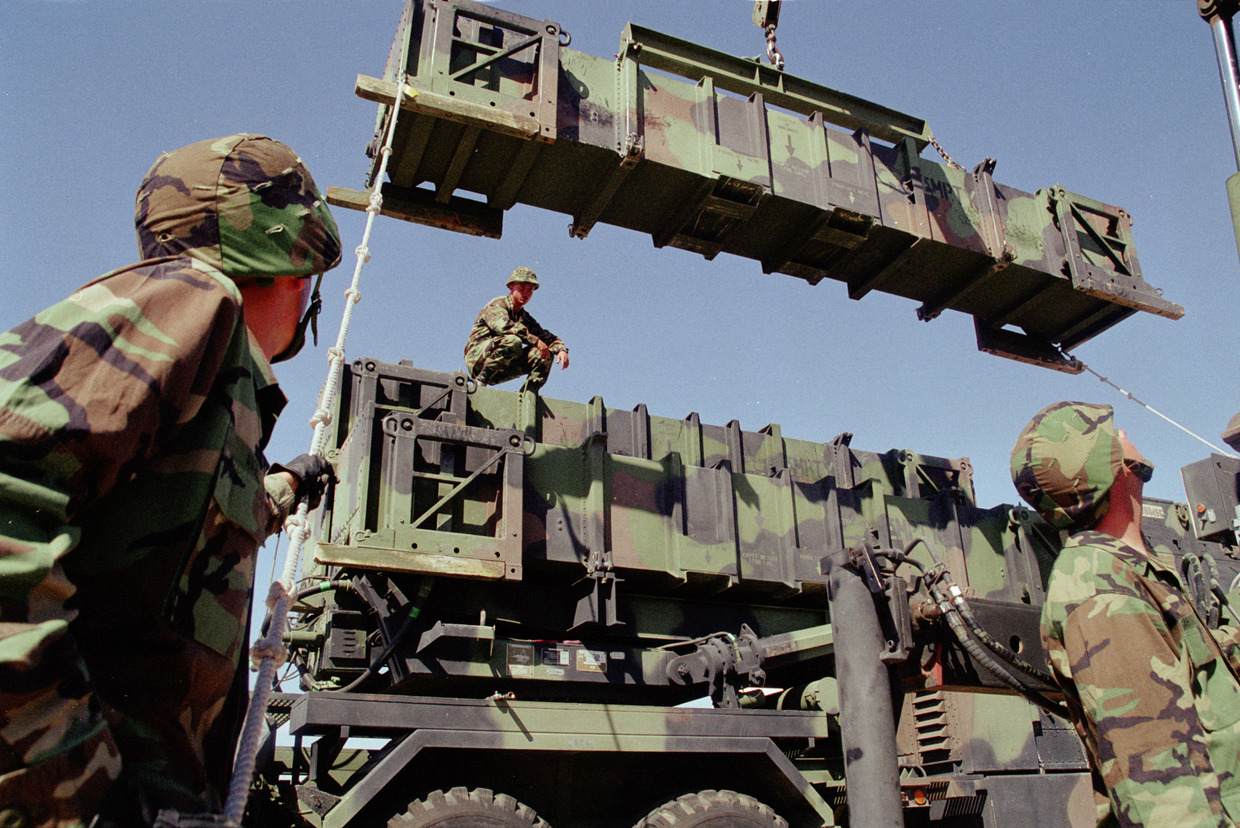
Ukraine will become the nineteenth country in the world that uses or plans to use this kit. The first Patriot systems were deployed by the US Army back in the 1980s. They were first used in combat during the Gulf War in 1991, and then during the illegal Anglo-American invasion of Iraq in 2003. The Patriot system has undergone significant changes since then: its latest modification includes more accurate and high-performance radars and advanced surface-to-air interceptor missiles – PAC-3 (Patriot Advanced Capability).
It is still unclear which version of the Patriot system Ukraine will receive. But we’re probably talking about the PAC-3.
When is the Patriot system coming to Ukraine?
In wartime conditions, training Ukrainian Armed Forces specialists to use the Patriot system isn’t likely to take a long time. Moreover, Ukraine has much expertise in using the S-300 surface-to-air missile system – one that structurally resembles Patriot.
The procedure for acquiring new missile technology is virtually the same in the Anti-Aircraft Missile Troops of Russia and Ukraine. First, the army personnel are retrained at a specially equipped center. Then the weapons, military equipment, spare parts, and tools are accepted by the anti-aircraft missile batteries (or divisions).
The next stage comprises of the first live firing of anti-aircraft guided missiles (under the current circumstances, this will possibly be carried out from places of permanent deployment under the supervision of U.S. instructors). Then, the anti-aircraft missile system is folded, prepared for transport, and sent to a loading station, such as an airfield or port.
At the final point, divisions and units that have received the new equipment travel to the place of deployment and upcoming combat operations by air, sea, rail, or on foot.
Considering the time needed for preparation, we can expect the Patriot systems in Ukraine to be ready for combat in March.
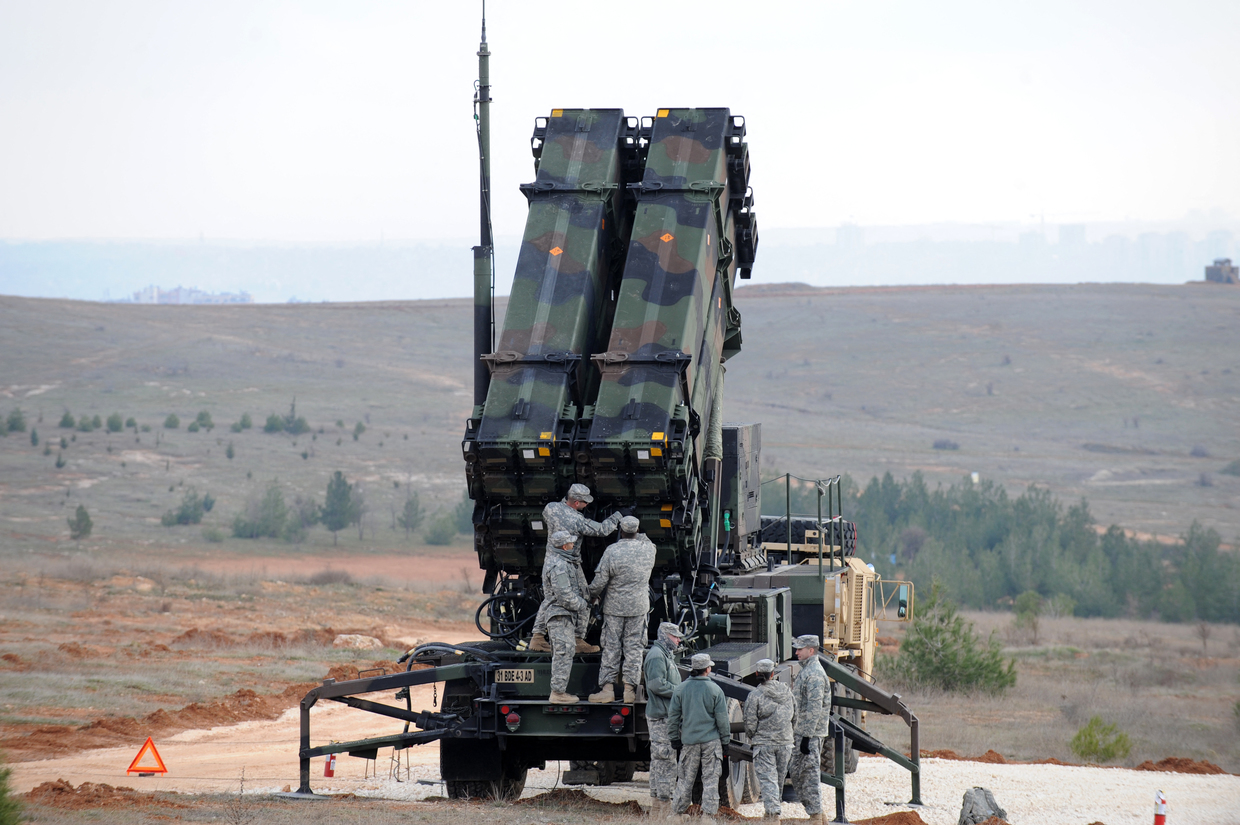
What will happen after the Patriot is transferred to the Ukrainian Armed Forces?
The Patriot missile system (especially PAC-3) is, without any exaggeration, a state-of-the-art product of the US military industrial complex. Presumably, if the White House decided to send such advanced missile defense weapons to Ukraine, the issue of supplying Kiev with Western-type battle tanks like the German Leopard 2 won’t take long to resolve.
Along with the second Patriot battery, Berlin will also send 40 Marder infantry fighting vehicles to Ukraine, as reported by German Federal Government spokesperson Steffen Hebestreit. This is another big step towards equipping the Ukrainian Armed Forces with Western weapons.
It’s worth noting that after receiving Patriot missile systems and heavy armored vehicles, the Ukrainian Armed Forces will be just a step away from getting F-15 and F-16 fighter jets.
The Patriot batteries are invaluable for Kiev. These systems have, as military specialists say, the potential for non-strategic missile defense. This capability will be particularly useful for the Armed Forces of Ukraine. It’s an effective means of combating manned aviation, sea-based and air-based cruise missiles, tactical ballistic missiles, and operational-tactical ballistic missiles.
Most probably, the systems will be deployed to shield the Ukrainian capital, Kiev, and to defend this decision-making center from the attacks of various types of cruise missiles. However, it will take dozens of Patriot batteries to cover all the administrative and political centers of Ukraine, including regional cities and key energy facilities. And Ukraine is unlikely to receive that many MIM-104 Patriot systems in the foreseeable future.
The Patriot’s “Achilles' heel”
Presently, the key concern is the number of anti-aircraft guided missiles that will be supplied along with the Patriot system, since the number of missiles used during the repulse of massive air attacks by the Russian Armed Forces exceeded all expectations. If Ukraine does not receive enough missiles, its two Patriot batteries will simply stand idle.
The Patriot missile defense system also has its weak spots or rather, its particular features. For example, the Patriot AN/MPQ-53 multifunctional radar has rather low search capabilities. This feature is native not only to the Patriot system, but also to the target illumination and missile guidance radar and the multifunctional radar of the Russian S-300/400 missile defense system.
In Russian systems, this shortcoming is compensated for by providing the S-300 and S-400 anti-aircraft missile divisions with either 5N66M-type low-altitude detectors, or 96L6E-type high-altitude detectors. Moreover, anti-aircraft missile divisions receive searchless target designation from system command posts equipped with a detection radar (RLO 64N6, S-300) or a radar complex (RLK 91N6E, S-400).
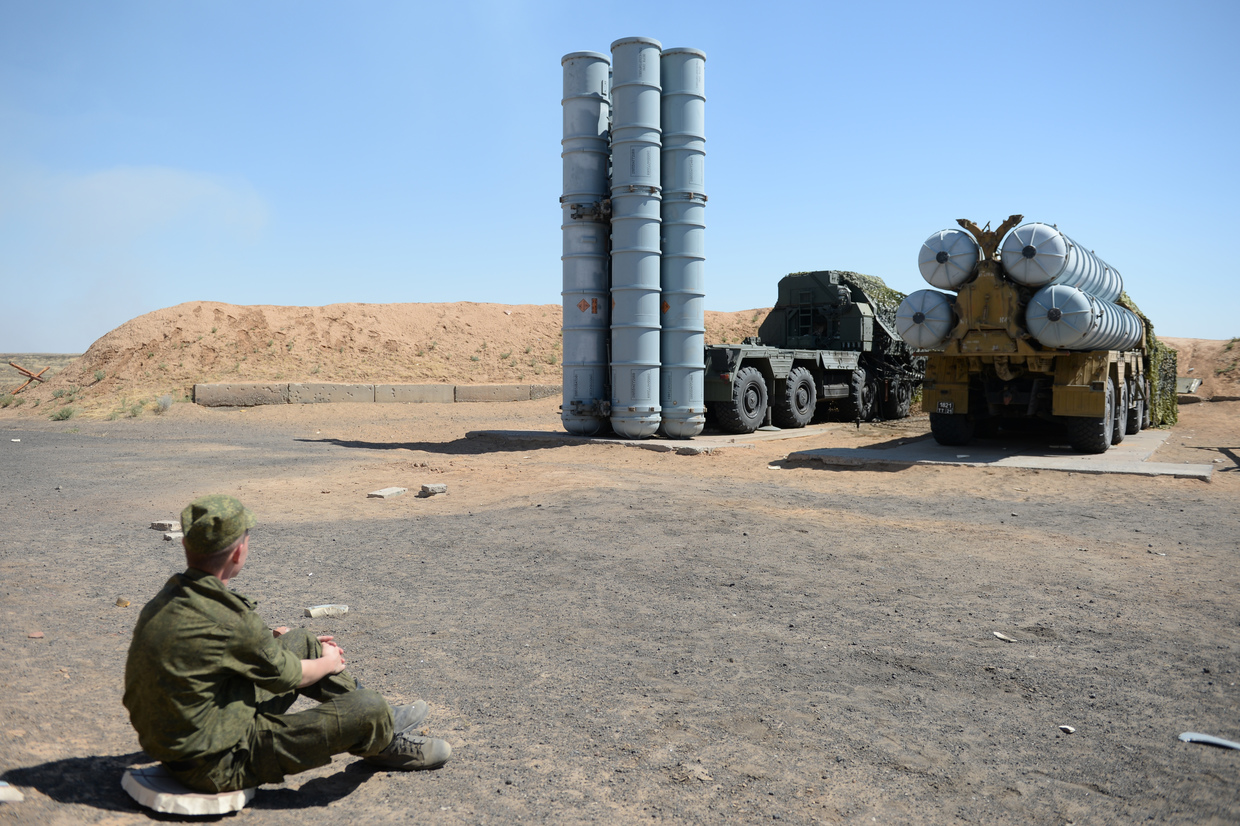
As a result, if it’s deployed near Kiev, the Patriot missile battery will have to be provided with additional search and targeting capabilities. Obtaining data from the Boeing E-3 Sentry, an option mentioned by some experts, is not particularly useful since it means that a certain number of E-3 aircraft will have to relocate to Ukrainian airfields.
It is unlikely that the US and its allies will agree to this. But in some way, the Ukrainian military will have to solve the system’s issues. And that may really be a problem.
How will Russia fight the “Patriots?”
The capture of a Patriot air defense system is a highly unlikely scenario. The system is not a front-line weapon. It will probably be placed in the rear of the Ukrainian Army, covering Kiev or Right-bank Ukraine. It would require an offensive operation to capture the Patriot system, and even so, success is far from guaranteed. Not a single M142 HIMARS combat vehicle has yet fallen into Russian hands. Meanwhile, a detailed examination of the system is only possible following its capture and disassembly.
The Patriot air defense systems delivered to Ukraine will become a high-priority target for the Russian Armed Forces, but the task is hardly simple. The Patriot is a highly mobile system (it takes no more than 25 minutes to deploy/fold). This means the system does not remain in the same position for long. After several missile launches, it can relocate. And finding the Patriot won’t be easy.
After February 24, the Armed Forces of Ukraine kept several divisions of the S-300PT air defense system in service. The “PT” abbreviation means that it’s a container-type system (by the way, the weight of some containers, such as F9, exceeds 16 tons). It takes several hours to fold /deploy this modification of the S-300. Yet despite its low mobility, the container-type system is still used in the Ukrainian army. Surely, a highly mobile anti-aircraft missile system has a much higher chance of survival.
As for the Patriot missile defense system, Russian troops may use anti-radar missiles of the X-31P type, guided air-to-surface missiles such as X-29T, X-38Mxx, X-59MK, etc., and free-fall bombs (OFAB-250-270 and FAB-500-type) to target and destroy it. One way or another, it will be up to the Russian army to solve the issue.

